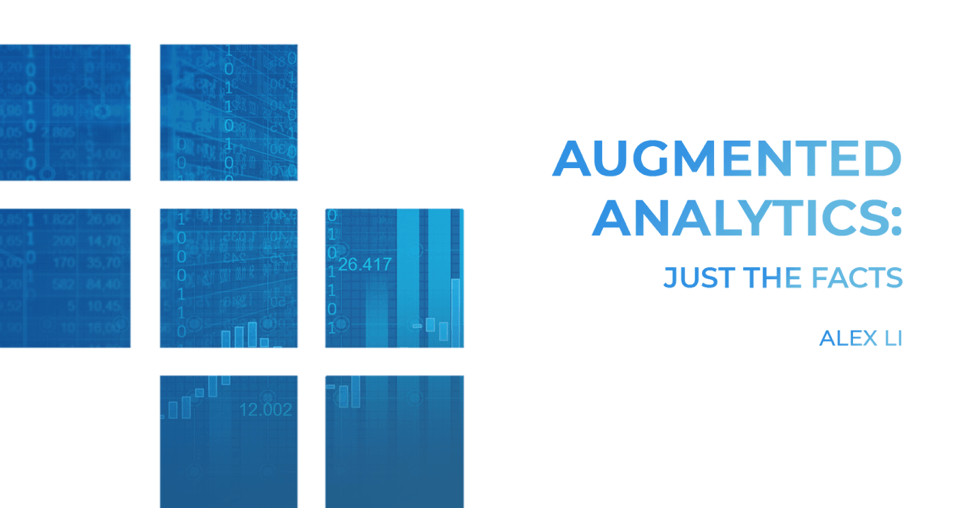The Major Ways Augmented Analytics Has Improved Education
Augmented Analytics and the impact on Education
In the last decade, the education industry has gotten a reality check: the system has seen virtually no significant innovation since the old schoolhouse days. Teachers, with the few classroom resources they had, administered “one-size-fits-all” lessons that didn’t cater to students’ individual different learning styles or skill levels–and were often presented in the same non-interactive way they had been since school’s earliest days.
Business-minded teachers started partnering with Silicon Valley’s technology talent to build more modern educational resources. Consequently, a long list of “edtech” startup companies garnered $1.45B from investors in 2018.
The rush to fund businesses offering augmented analytics is partially a result of what the research says. Aside from academic gains in both K12 and college settings, students are more engaged with their work, and instructors can do more with less effort.
Gartner predicted that AI, blended digital tools, and augmented analytics would be a top trend in education last year, and it seems that advanced technology has mastered how we each learn down to a science.
Customization, engagement, and assessment. Blackboards are becoming a relic in favor of interactive, digital learning frameworks that are intertwined with data analysis for deep learning. While teachers have always worked with data via logging grades and calculating averages to which course a student might need help with, it was manual, painstaking, and limited in scope (one person can only do so much). Now, smart platforms can customize lessons based on a student’s ability so that each learner is engaging with content that is “just right” for them. The practice has lowered the percentage of students who are struggling and get left behind, while keeping advanced students intellectually challenged and engaged (as this Chicago school demonstrated).
Today, Artificial Intelligence and Machine Learning have transformed student assessments beyond the A to F spectrum, as Augmented data analysis helps teachers get more insights out of student work. The technology can go even further, assessing a student’s knowledge level and pinpointing where they need more help, as well as design learning tasks in a way that matches a student’s cognitive behavior (for example, smart software can designate someone as a “visual learner” or “reading learner”). Augmented Analytics even has the intelligence to explain why a student likely got an answer wrong–in real-time.
Retention. Thanks to Educational Data Mining, Augmented Analytics can address student retention and attendance rates. By definition, this advanced technology is more prescriptive than traditional data analytics and can include predictive analytics to identify at-risk students long before they fail or drop out (which has been shown to improve graduation rates). Gamification (learning by playing educational games) has proven to be a hit with students born into a digital generation (even colleges are using it to increase retention rates).
In short, Augmented Analytics has done the same thing for education as it has for so many other industries: the more information we have, the better we can identify root causes and solve problems.

